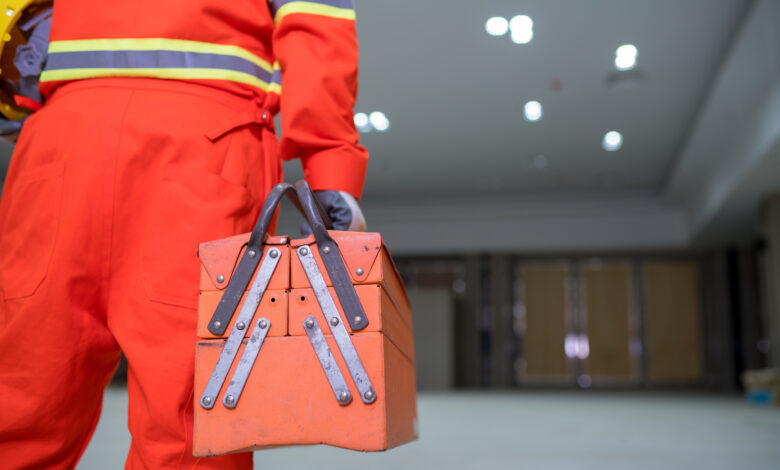Christchurch Schools Rebuild programme gets $301m boost
The extra funding for the Christchurch Schools Rebuild programme, which has been running since 2013, will see the scheduled work finally completed.

On March 3, Prime Minister Chris Hipkins confirmed an additional $301 million for ongoing rebuilds of Christchurch schools following the 2011 earthquakes.
The money is added to the existing Christchurch Schools Rebuild programme, which is set toward the building, rebuilding or refurbishing of 115 schools. Eighty-one schools have already been completed using the Christchurch Schools rebuild fund, benefiting 33,000 students in the area. The project is expected to be completed by 2025; total spending on the project now sits at $1.6 billion.
Read the Term 1 edition of School News HERE.
The $301 million announced in early March will go towards the remaining 27 schools; five of these were already undergoing work. The extra funding comes a decade after the project was first announced in 2013, which Hipkins says is due to “a significant cost escalation in the building and construction sector” over that time.
“We didn’t want to leave these schools short-changed,” said Hipkins.
Hipkins said he expected this last round of funding would be sufficient to finish the work, though “never say never,” he said.
“It’s probably the biggest school rebuild and renovation programme we’ve ever undertaken in New Zealand’s history,” Hipkins continued. “Some of the schools ended up needing more work to bring them up to standard and to give them the type of quality learning environment we want all of our kids and teachers to be able to have.”
Although some schools were finished on time according to the original rebuild schedule (including Avonside Girls’ High, Shirley Boys’ High and the new Te Aratai College) some faced delays, partly due to COVID-19. Originally, 95 schools should have been completed by the end of 2020, yet by mid-October 2020, only 56 were finished. During that time, some schools like Redwood Primary were left unfit for purpose, with dilapidated classrooms and broken heating.
As of February 2023, 70.4 percent of the schools are complete, 23.4 percent are undergoing construction, 4.3 percent are in the planning and design stage, and 2 schools (1.7 percent), Chisnallwood Intermediate and Ko Taku Reo (Van Asch Deaf Education Centre) have yet to enter the rebuild programme.
Principal James Griggs, of Heaton Normal Intermediate School, said that the rebuilt classrooms were wonderful after years of teaching and learning in quake-damaged structures.
“Classrooms which are warm, dry, healthy, acoustically sound… it will make a huge difference for our students.”
Hipkins said that the Christchurch Schools Rebuild programme would hold some valuable lessons for rebuilds happening in Cyclone Gabrielle affected areas.
“There’s been some significant damage to some of the schools and so we will be able to draw on lessons from the Christchurch experience… so that they’re resilient and sustainable and providing the kind of learning environment that we would want them to have in the future.”
“There are lessons just in the way we managed the construction process. We’ve moved to more standardised designs because we know we can build them faster and cheaper… and we can also iron out some of the difficulties we’ve had in the past with things like leaky buildings.
Prime minister Hipkins also referenced the backlash that arose from the Christchurch community when it was announced that the ministry would close or merge 38 schools following the earthquakes. The ministry believed there were too many schools in Christchurch and saw the earthquake damage as a change to revitalise the school system in the city. The MoE later apologised for this snap decision and the lack of communications, following a report released by Chief Ombudsman in 2017.
Then Secretary for Education Iona Holsted said “[schools] deserved better. We let them down and we are sorry. We know this undermined trust and confidence in us… We didn’t set out to mislead or to keep people in the dark, but the result was that we weren’t as transparent as we should have been.”
Hipkins said this mistake would not be repeated in the process of rebuilding from Cyclone Gabrielle, noting there was “damage that can be done to community cohesion when you try and push through an amalgamation process right in the heart of an emergency response.
“We certainly wouldn’t be trying that in any other part of the country,” Hipkins concluded.









